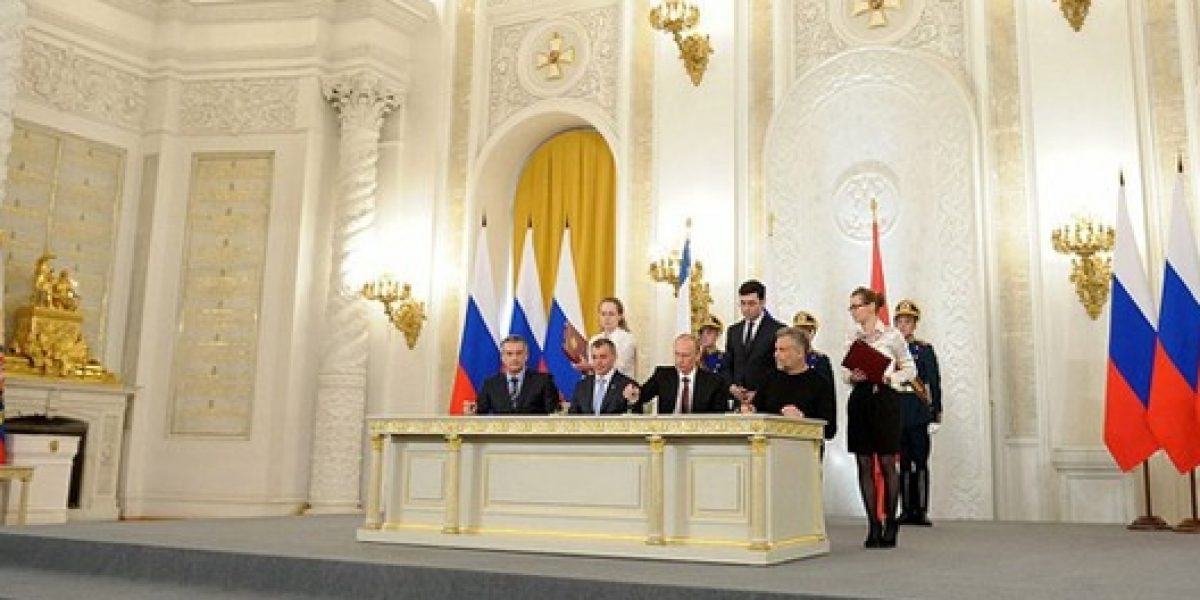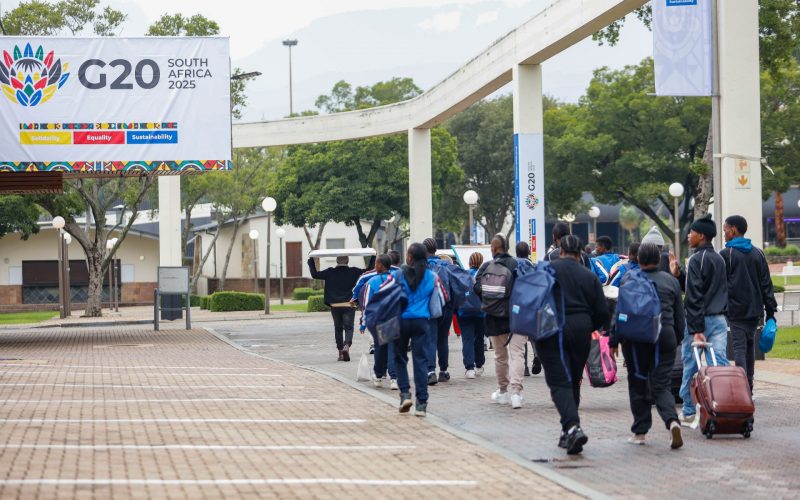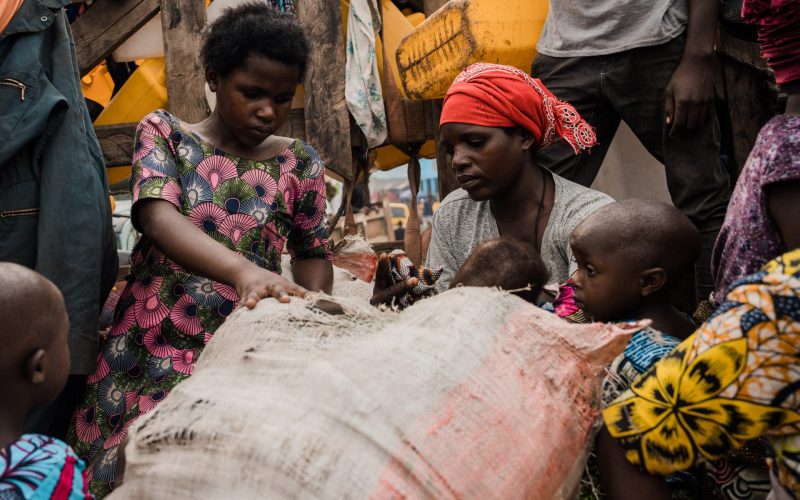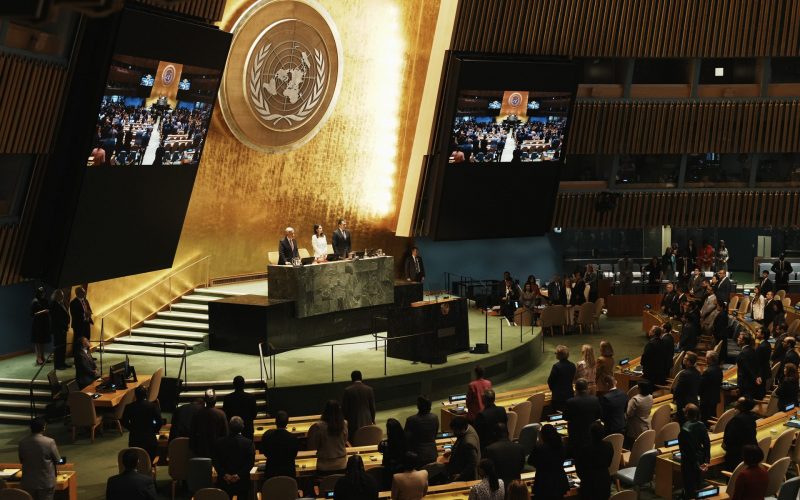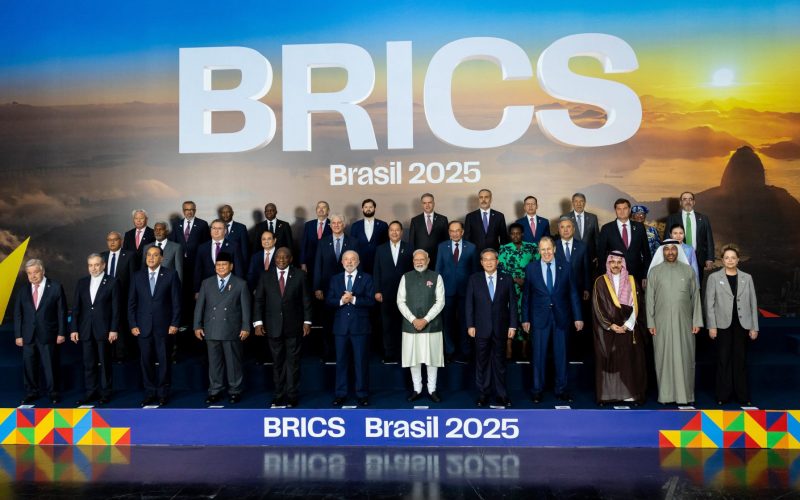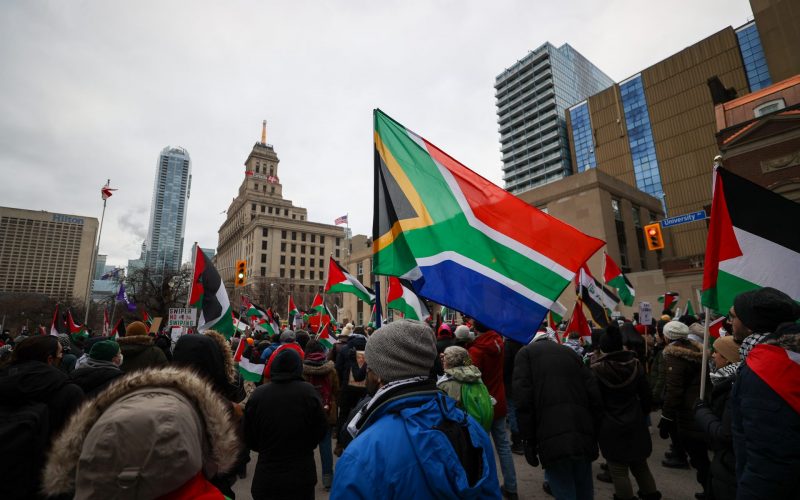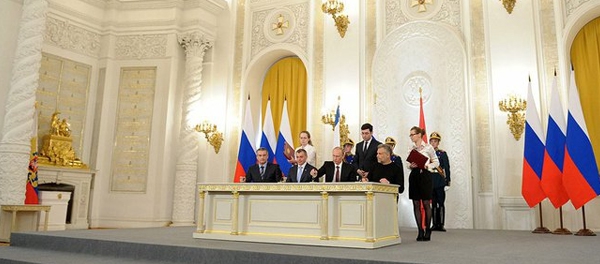
The people of the Crimean peninsula in the Ukraine voted overwhelmingly to join the Russian Federation on 16 March 2014. The following day the Crimea declared its independence from the Ukraine as the Republic of Crimea and the Autonomous City of Sevastopol. And on 18 March 2014 the territories formally joined the Russian Federation through a treaty of accession.
Addressing the crowds gathered in Red Square, Putin declared that ‘Crimea and Sevastopol are returning to … their home shore, to the home port, to Russia.’
That Russia does indeed have strong historic links with the Crimea cannot be denied. Originally annexed to the Russian Empire of Catherine the Great in 1783, the peninsula was administered as a part of Russia for the next 170 years. Not contemplating the future disintegration of the USSR, in 1954 Soviet leader Nikita Khruschev transferred the Crimea to one of its member states, the Ukrainian Soviet Socialist Republic. A consequence was that when the USSR did indeed disintegrate in 1991, the Crimea – with the base for the Russian Black Sea Fleet in Sevastopol and a majority ethnic Russian population – became part of an independent Ukraine. The plight of the naval base was settled through a lease agreement between the Ukraine and Russia; that of the ethnic Russian majority was not.
The violent protests that broke out in western Ukraine, in particular in Kiev, in November 2013 were precipitated by a decision of then pro-Moscow President, Viktor Yanukovych, to abandon a deal that aimed at greater integration of the Ukraine into the European Union in favour of closer ties with Russia. At issue was the future direction of the Ukraine: was it to embrace Europe and turn from Russia?
Yanukovych fled the capital on 22 February 2014. For the Russians of the Crimea, an illegitimate, pro-European coup had been effected that threatened to undermine the Russian connection.
Late in February pro-Russian militia seized control of key buildings in the Crimea. With the support of Sevastopol, on 6 March, at least 78 of the 100 deputies in the Crimean Parliament declared their independence from the Ukraine and their intention to join Russia. The declaration referred to the right of the people of the Crimea to ‘self-determination’. The 16 March referendum saw 97% of those voting endorsing the declaration of their deputies.
The accession of the Crimea to the Russian Federation has provoked widespread condemnation in the West. The US Vice-President has characterised the move as ‘nothing more than a land grab’ on the part of Russia; David Cameron and Angela Merkel have, too, cried ‘foul’. The condemnation is premised on the assertion that the accession is contrary to international law.
This charge appears, in part, to be based on Russia’s violation of the Budapest Memorandum on Security Assurances of 1994. When an independent Ukraine was constituted in 1991 it possessed the third largest nuclear arsenal in the world – larger than those of Britain, France and China combined. In anticipation of future accession to the Treaty on the Non-Proliferation of Nuclear Weapons as a non-nuclear state – thus necessitating abandoning over 2 000 nuclear warheads – the Ukraine sought certain security assurances from other nuclear powers.
In terms of the Budapest Memorandum, the US, the UK and Russia committed, inter alia, to respect the independence and sovereignty of the Ukraine within its existing borders and to refrain from the threat or use of force against the Ukraine. China and France furnished unilateral security assurances in the form of diplomatic notes. While the Budapest Memorandum contained nothing new – the principles referred to are enshrined in the Charter of the United Nations, the Final Act of the Conference on Security and Co-operation in Europe (which in 1994 became the Organisation on Security and Co-operation in Europe), and the Non-Proliferation Treaty – it recorded recognition by the nuclear powers of the specific applicability of those principles to the Ukraine. Russia’s annexation of the Crimea is in violation of the first commitment of the Memorandum; the economic and political coercion that has been applied against the Ukrainian authorities is in violation of the second commitment.
The assertion that violation of the provisions of the Memorandum, however, reflects breach of international law is problematic for a number of reasons. First, the conscious use of the label ‘memorandum’ on the part of the signatories suggests – but is not necessarily conclusive – something less than a legally binding treaty creative of reciprocal rights and obligations. A memorandum has thus variously been described as a ‘political agreement’, a ‘gentleman’s agreement’, or a ‘non-legal agreement’; it merely records the mutual understandings of how the signatories intend to conduct themselves in the future – it is, in a sense, aspirational. Second, the language of the Memorandum seems to confirm something less than a treaty; it creates no new ‘hard’ legal obligations; rather it simply ‘reaffirms’ commitments. Third, the nature and extent of the assurances and commitments made are undefined.
More complicated is an assessment of the legality of the actions on the part of the Crimea itself, rather than those of Russia. In holding the referendum and requesting accession to Russia, the Crimean authorities were clearly in violation of Ukrainian constitutional law – the 1996 constitution recognises the autonomy of the Crimea and Sevastopol but specifically requires that all Crimean legislation accord with that of Ukraine as a whole. This, however, is an internal matter; what of international law?
The Crimean authorities founded their declaration of independence on a right to ‘self-determination’. The concept of ‘self-determination’ in international law is of relatively recent vintage – historically, it was a political issue, not a legal one. Since 1945, however, ‘self-determination’ has gained legal currency; although not defined, the concept is enshrined in the Charter of the United Nations and is explicitly endorsed in UN Resolution 1514 of 1960. It says: ‘all peoples have the right to self-determination; by virtue of that right they freely determine their political status and freely pursue their economic, social and cultural development.’
A ‘right to self-determination’, however, has traditionally been narrowly construed; international law endorses the right when peoples are fighting ‘against colonial domination and alien occupation and against racist regimes’. In such circumstances, all the peoples of a defined territory exercise the ‘right’.
Outside of these circumstances, where it is only a portion of people within a particular territory that are claiming the right, the potential consequence is secession: the withdrawal of those exercising their right from the sovereignty of the territory and the creation of a new legal entity. Traditionally, international law is wary of secession; unless specifically agreed, it is only tolerated in extraordinary circumstances where the seceding group is subject to ‘extreme and unremitting persecution’. Ordinarily, therefore, the ‘right to self-determination’ is generally trumped by the concepts of national unity and territorial integrity – cornerstones of the Charter system.
Secession, nevertheless, occurs. International law deals with secession through the doctrine of ‘recognition’. If the seceded entity is accorded recognition by another state, the recognising state is granting to that entity, vis-à-vis itself, all the rights and privileges – with their associated obligations – of statehood; if recognition is withheld, the seceded entity will continue to be treated as though it were still part of the state from which it purported to secede. While the granting of recognition should be based on a factual assessment of whether the seceded entity actually meets the requirement of statehood, in practice states accord or withhold recognition based on self-interested ideological commitments and prevailing political alliances.
One of the consequences of the disintegration of the Soviet Union has been the secession of a number of Russian enclaves in previous member states. Following armed conflict, and with Russian support, South Ossetia and Abkhazia seceded from Georgia in 2008; these secessions are recognised by five states, including Russia. The declaration of independence by the Russian population of Transdniestria from Moldova has not been recognised by any state, including Russia. Other purported secessions that have not been recognised by any state include that of Somaliland from Somalia in 1991 and Nagorno-Karabakh from Azerbaijan, also in 1991.
In their declaration of independence the deputies of the Crimea – presumably in an attempt to lend legal weight to their cause – specifically cited the 2010 decision of the International Court of Justice (ICJ) that held that there was no prohibition against Kosovo’s ‘declaration of independence’ from Serbia in February 2008. Kosovo’s secession is recognised by 108 member states of the UN; it has been granted membership of the World Bank and the IMF. Kosovo has not been recognised by Russia or Serbia; ironically, such a move, argued the Russian ambassador to the ICJ, would undermine international law – besides, he held, the people of Kosovo do not enjoy a ‘right to self-determination’.
Seceded entities that are only recognised by a limited number of states exist in a legal limbo; they are states for some and not for others. Ideally, such entities would want to be admitted as members of the United Nations – the most complete expression of recognition. Admission, however, is subject to the power politics of the Security Council veto.
The Crimea’s declaration of independent statehood lasted for a day; Russia alone accorded recognition. The following day the Crimea was annexed by Russia. While the vast majority of states do not recognise the Crimea’s accession to Russia, in the circumstances, recognition is of limited relevance: the seceded entity is no longer claiming sovereignty for itself; rather, there has simply been a transfer of sovereignty from the Ukraine to Russia.
There is very little that international law can now do. The matter was referred to the Security Council, where a majority of 13 states condemned the move. China, because of its own restive provinces of Tibet and Xinjiang, is very sensitive about issues of territorial integrity and abstained; Russia exercised its veto. The Security Council failed to pass a resolution. Economic sanctions and diplomatic pressure will now follow. While Russia proceeds to integrate the Crimea into its state infrastructure, the majority of states will continue to consider Crimea to be part of the Ukraine. In practice, however, Russia will be in control.
In their exchange during the crisis President Obama questioned Putin’s appreciation of the legal niceties; perhaps correctly. For Putin, international law – coloured as it is by political considerations – is of limited relevance. The issue for Russia is geopolitical: in the face of potential NATO expansion to the Ukraine, Russia’s security interests must be paramount.
Garth Abraham [garthabraham@yebo.co.za] is an academic in the School of Law at the University of the Witwatersrand, and an independent consultant specialising in Public International Law matters. This article is a latter version of one published in The Sunday Independent on March 23 2014 under the heading ‘Crisis in Crimea points to the old question of statehood.’


